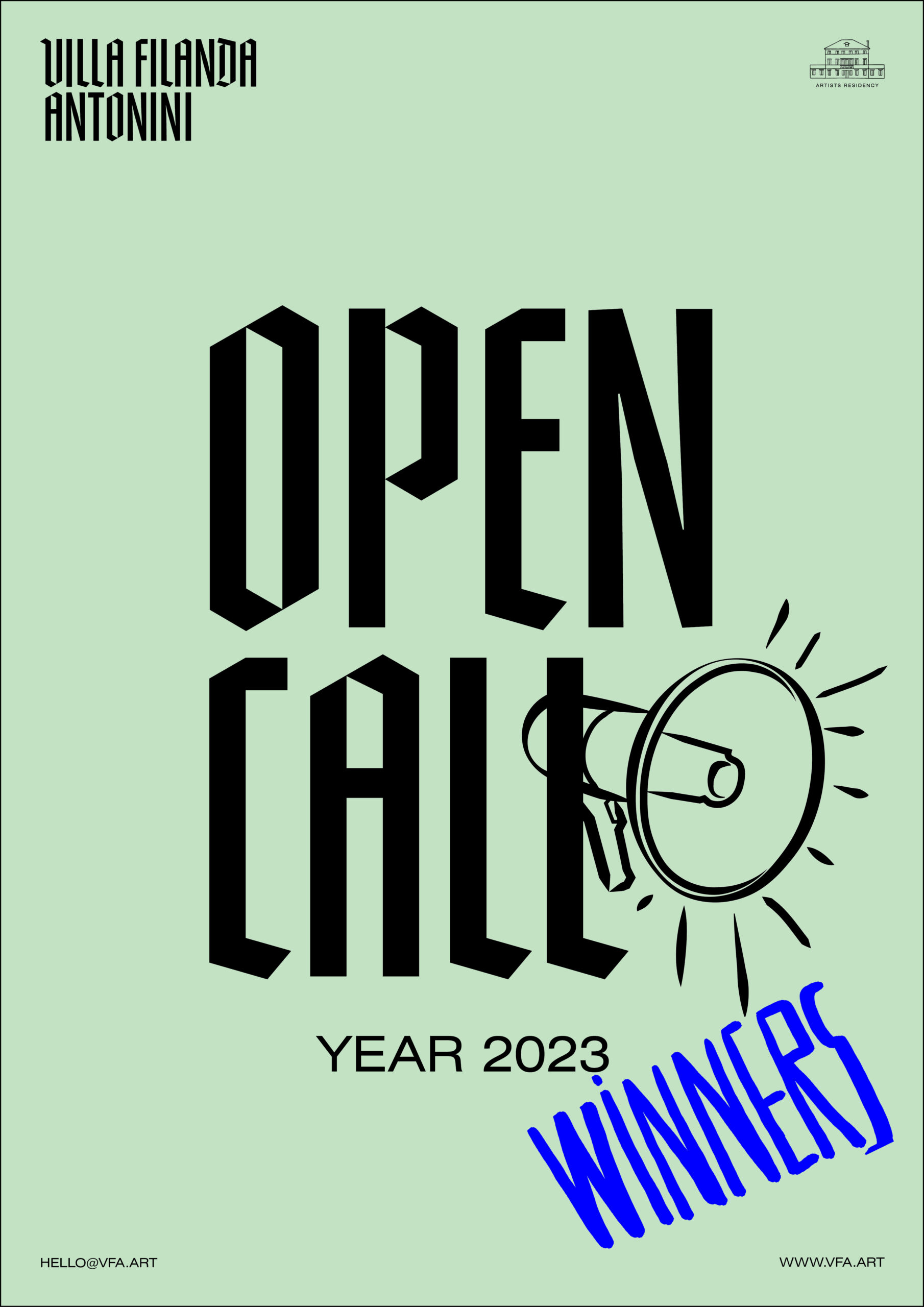20|10|2023 Collocarsi
by Swinda Oelke
Exhibition
20|10|2023 Collocarsi
by Swinda Oelke
Exhibition
By addressing our close environment, Swinda Oelke develops works that look beneath the surface of the infrastructures and systems that surround us. Her works are often site-specific and intertwine sculpture, video, and spatiality. Oelke’s work is focused on systems that surround us and are essential to the functionality of our world but yet lie outside of our general awareness. During her stay at VFA she developed a set of video-based works, which transport minuscule details of infrastructures surrounding the Villa into the exhibition space, metaphorically mirroring the outside into the big halls of the factory building.
These observations are presented using mirrors, reflecting the videos into the space or creating double-images, hence adding a literal layer of mirroring. This precise play with reflections is located in the center of Oelke’s practice, which also shows in an artwork on view: A mirror is suspended from the ceiling, slowly spinning due to the circulation of air in the exhibition space. A video is projected through it, and as the mirror moves, the video also moves through the space, rotating around itself. The video itself was taken with a camera placed where the projector is placed now, thus showing the projectors point of view, or: mirroring the light that fell from the space through the mirror onto the camera’s sensor back through the mirror onto the space. This consists of a mirror suspended from the ceiling and a projector. The mirror slowly rotates on itself by pandering to the natural circulation of air, at the same time, the projector uses the surface of the mirror to refract a videowork into its surroundings. As in a game of Chinese boxes, the video is made by filming the reflections of the mirror in motion and placing a camera at the spot where the projector now stands. Like many of her works, this experimental video-installation consists of a concise play with cameras, projections, and mirrors in relation to place – often incorporating almost invisible elements like air circulation, which is also strongly affected by the presence of viewers.









